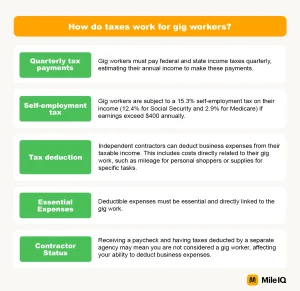The Basics of Insurance Regulation
3 min read
There are two ways to regulate insurance. One is through the federal government, and the other is through state authorities. States regulate the insurance industry by creating their own departments to oversee insurance rates, reserves, and policy standards. The insurance departments have been criticized for their ineffectiveness, particularly when it comes to large insurers operating in multiple states. Regardless of state regulation, there is still no federal law to protect insurers from unfair competition. In this article, we will discuss the basic process of insurance regulation.
The first way to understand insurance is to understand the components of the policy. Premium is the money you pay to receive the insurance cover, which is usually expressed as a fixed amount for a certain period of time. The insurer determines this amount by assessing the health of the insured person. Typically, a higher premium means lower out-of-pocket costs. Premiums vary from company to company, but the highest limits are often the most beneficial.
The other way to think about insurance is as a form of indemnification. A policy describes the circumstances and conditions in which an insured will be compensated for a covered loss. The insured pays the insurer a premium, which funds accounts that will be used to pay claims in the future. This money is used for overhead costs, and it also allows insurers to maintain adequate reserves against unforeseen losses. The remaining margin is the insurer’s profit.
No-fault insurance is designed to protect you and your family in the event of a covered loss. The policy may cover expenses such as funeral costs, lost wages, household services, and medical expenses. Depending on your state, no-fault insurance may also cover non-real property such as clothing, household goods, and more. Umbrella insurance provides additional liability protection for your assets, and can cover visual damages. The latter is the most valuable type of insurance.
Life insurance protects the family of the primary breadwinner. Losing one breadwinner’s income can mean significant hardship for the family. Life insurance companies will provide a lump sum when that person dies, allowing the family to replace that income. Businesses can also insure their premises, factory equipment, and employees. While life insurance policies cover tangible losses, they cannot compensate for the loss of market share, customer confidence, and business continuity. In addition to life insurance, businesses can also buy property and liability insurance.
Business liability insurance covers many different types of risks. It provides more protection than automobile and homeowner’s policies. You may even be able to get coverage over $1 million of liability. And for businesses, property insurance protects the buildings, machinery, and inventory you own. Workers’ compensation insurance is mandatory for most businesses, and can be purchased through a commercial insurer, state funds, and trade associations. Once you get this policy, it is essential to keep it current.
The other method for buying insurance is through an agent. While free and tied agents represent different insurance companies, they still have a conflict of interest. The agents are usually paid a commission from the insurance company that they represent. So, it is vital that you consider the potential conflict of interest when dealing with an agent. As a rule, agents are less likely to offer as much coverage as brokers. A broker has the best choice for you. If you are a captive, you will be charged more money for the same coverage.








